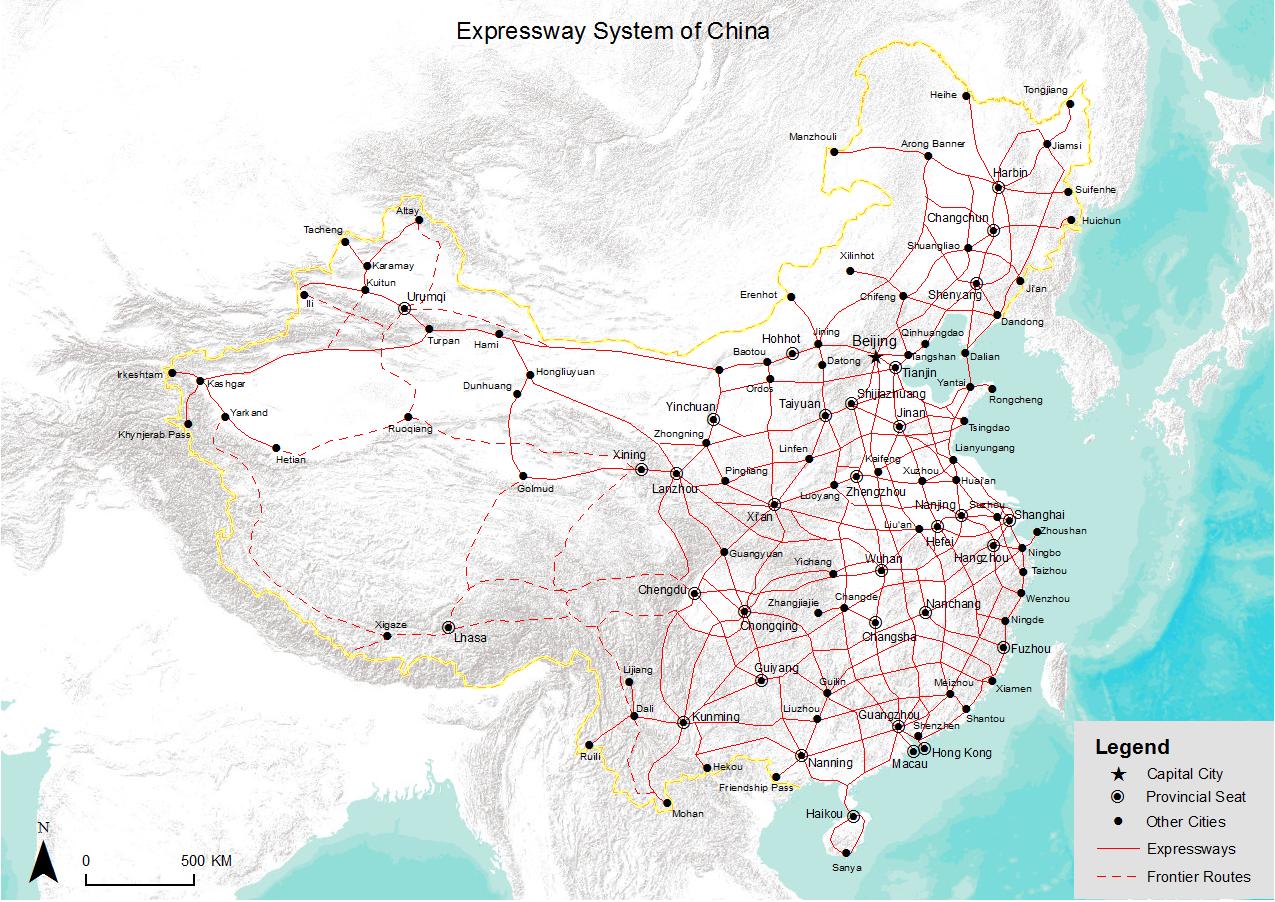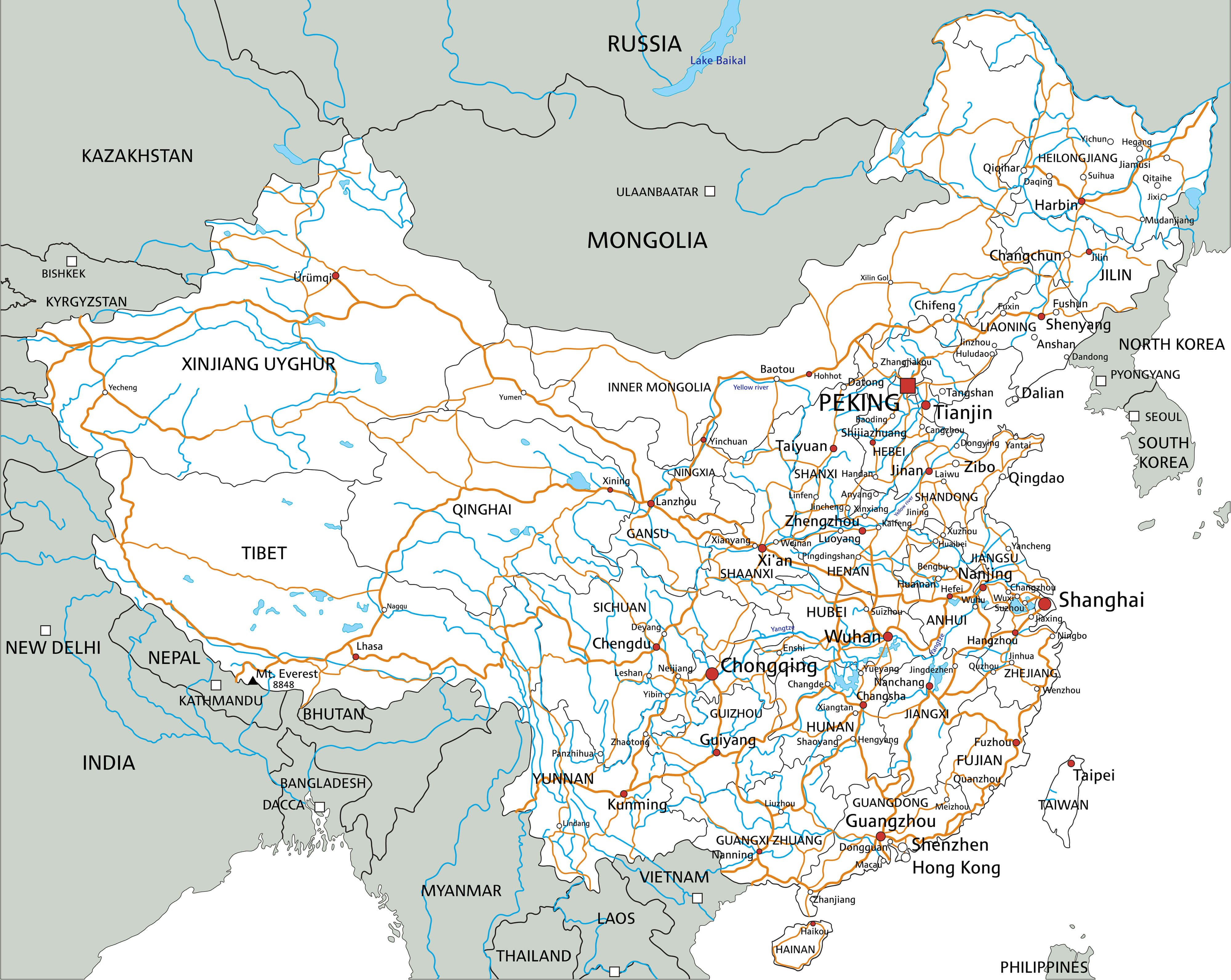A Developing Road Network
China has made incredible strides in building out its road network over the past few decades. As economic development has accelerated across the country, so too have road construction projects large and small. Some highlight key arteries connecting major cities, while others link remote villages to markets and opportunities in growing urban centers. While visitors may see newly paved expressways and well-maintained city streets, the true state of roads across China’s vast territory is more nuanced. Rural communities, poorer regions, and challenging terrain still present issues. By taking a closer look at successes and shortcomings, we gain a fuller picture of both the progress made and work still to be done.
Rural Roads: Dirt, Gravel and Disrepair
Away from cities, many roads in China’s countryside remain unpaved or in poor condition. During rainy seasons, dirt tracks become muddy and impassible. Gravel and stone surfaces offer an improvement but come with their own bumpy ride. Even paved roads serving towns and villages show wear from heavy use, with potholes and damages from weather and lack of funding for repairs. For the 50% of Chinese living rurally, quality of life depends on connectivity - yet remote communities receive less investment.

Provincial Highways: A Mixed Bag
Major roads linking prefecture-level cities face varied challenges. Newly constructed sections allow quick travel, yet old stretches fall into disuse and disarray without maintenance budgets. Heavy trucks pounding the pavement take their toll. One route became so broken up it resembled a dirt road. Construction also causes delays, like a bulldozer blocking traffic for hours with no alternates available. Improving critical provincial arteries remains a work in progress.
Navigating Terrain Through Engineering
Mountainous regions complicate road building and maintenance. Remarkable projects overcome steep slopes and deeply cut ravines, yet vulnerability to landslides remains. Engineering approaches could be refined for long-term stability and safety.
Landslide Hazards Lurk
Roads carved precariously into mountainsides offer breathtaking views but unstable surroundings. Lack of protective structures leaves cuts prone to erosion. Landslides frequently block routes, from minor slides to entire portions of highways. Remote areas see little warning or rapid response. Road crews also induceinstability by reckless debris dumping. Land management practices could mitigate natural hazards through reinforced cuts and controlled vegetation removal.
Construction Challenges in Harsh Environments
Building roads in canyons and along cliffsides presents obvious difficulties. Projects achieve impressive heights and hairpin turns yet accelerate erosion risks. Construction itself hampers traffic with long full closures and unprotected diversions. Coordinated planning could reduce disruptions through staged work zones and signed detours. Safety should take priority over expediency where unstable terrain is a factor.
Room for Improvement in Rural Access and Maintenance
While China’s expressway boom delivers speedy transport between economic hubs, a strong secondary road network remains vital to improve livelihoods in less developed communities. Targeted investments and modern practices could pave the way.
Reaching Remote Populations
Connecting isolated villages to markets boosts agricultural income and quality of life. Dirt tracks become impassable burdens - yet paving requires substantial funding. Innovative solutions leveraging local resources may prove cost-effective. For example, gravel surfacing by community crews sustained through modest tolls. Collaborative models deserve exploration.
Implementing Preventative Maintenance
Rather than reacting to total disrepair, scheduled upkeep extends road lifespan. Modest patching and grading repairs deterioration before becoming too costly to remedy. Life-cycle cost analysis shows this proactive approach yields long-term savings versus reconstruction. Technology enables remote monitoring and work coordination. Training local contractors broadens maintenance capabilities.
Conclusion
As a massive country with varied terrain, China faces inherent road challenges across its vast land area and decentralized infrastructure responsibilities. Yet through continued balanced investment, evidence-based engineering practices, community partnerships, and preventative maintenance strategies - the country moves steadily closer to a road network supportive of people in all regions. Overall progress has been tremendous, but with persistent efforts, obstacles can be overcome to realize a transportation foundation benefiting all.

 The Continuing Evolution of Globalization
The Continuing Evolution of Globalization